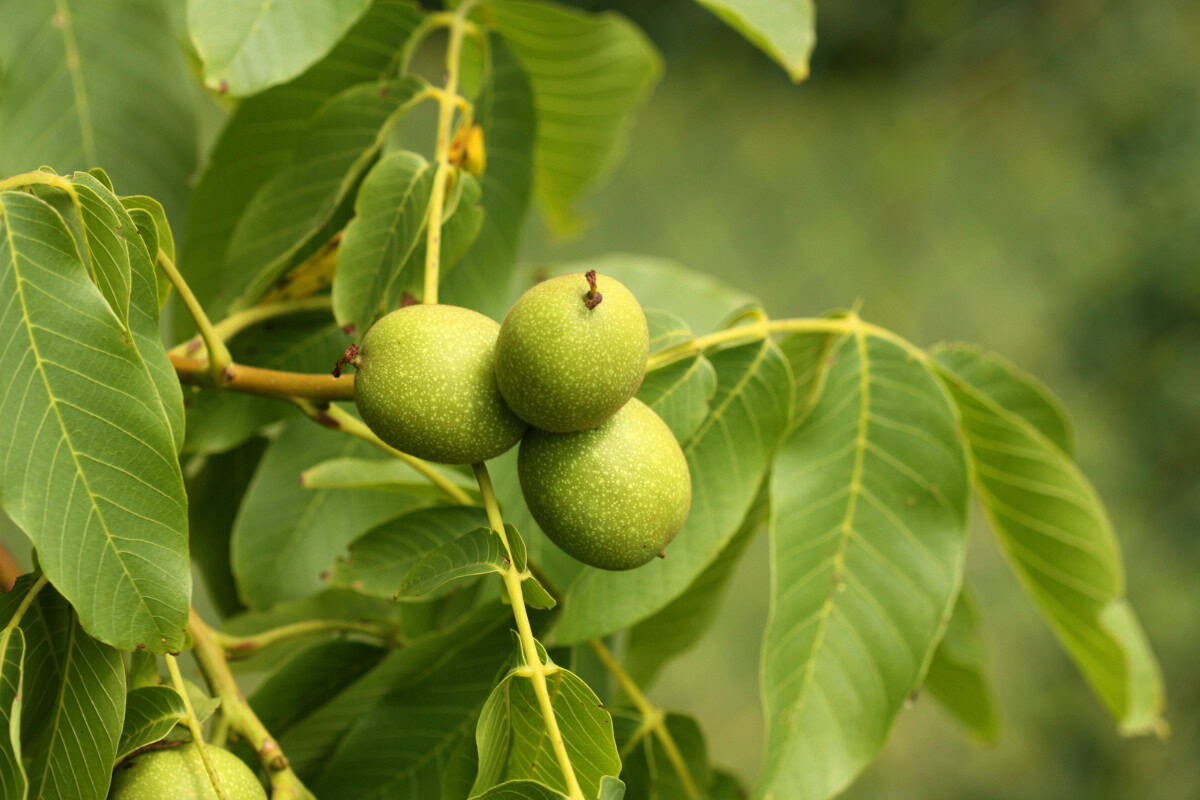
This comprehensive Walnut firewood profile explores the unique hardwood that delivers 22,000-24,000 BTUs per cord with distinctive characteristics and practical benefits.
Whether you’re planning clean-burning fires or need easily processed hardwood with excellent splitting properties, walnut offers solid performance with the added benefit of being lighter and more manageable than dense premium hardwoods.
- Quick Reference Stats: Walnut Firewood Profile
- Overview & Identification
- Geographic Distribution
- Burning Characteristics
- Sensory Experience
- Processing & Preparation
- Specialized Uses
- Pros & Cons
- Best Practices & Tips
- Bottom Line: Walnut Firewood Profile
- 🌰 Walnut Quick Reference Table 🔥
- Related Resources: Walnut Firewood Profile
Quick Reference Stats: Walnut Firewood Profile
- Wood Type: Hardwood (medium density)
- BTU Rating: 22,000-24,000 BTUs per cord
- Ease of Splitting: Easy to Moderate (4/5 scale)
- Seasoning Time: 6-24 months
- Smoke Production: Low
- Spark/Pop Factor: Low
- Scent Profile: Pleasant – Sweet, nutty aroma
Overview & Identification
This comprehensive walnut firewood profile reveals why many fire pit enthusiasts choose this practical hardwood. Walnut stands as the smart choice for those wanting quality performance without extreme processing challenges.
This medium-density hardwood delivers reliable heat output consistently. Additionally, walnut offers cooperative splitting compared to premium dense species. Many homeowners appreciate this excellent balance of performance and practicality.
Furthermore, walnut burns cleanly with minimal smoke production. The wood also provides steady heat throughout your fire pit sessions. Therefore, it works well for both casual entertaining and serious heating needs.
Cutting your own firewood becomes much easier with walnut. Moreover, the wood splits more readily than oak or hickory. This characteristic makes walnut particularly appealing for DIY firewood processors.
The straight grain pattern also helps during splitting sessions. Consequently, you’ll spend less time and energy preparing your fuel supply. Most people can handle walnut processing with standard tools.
Common Names: Black Walnut, White Walnut (Butternut), English Walnut, Persian Walnut
Scientific Name: Juglans nigra (Black Walnut), Juglans cinerea (White Walnut), Juglans regia (English Walnut)
Tree Characteristics: These large deciduous trees reach 80-125 feet tall with distinctive features. Their compound leaves measure 12-24 inches long with 5-23 leaflets each. The bark develops deep fissures and produces valuable lumber plus edible nuts.
Geographic Distribution
Where You’ll Find It: Black walnut native throughout eastern United States and extreme southeastern Canada. English walnut cultivated in many regions, with major commercial orchards in California, Illinois, Minnesota, Indiana, Missouri, and Iowa.
Availability: Moderate availability as many trees are reserved for premium lumber production due to high wood value
Growing Conditions: Thrives in well-drained, nutrient-rich, moist soils in sunny locations. Intolerant of drought but develops extensive canopy systems up to 100 feet wide when conditions are favorable.
Burning Characteristics
Heat Output & Performance
- BTU Content: Good mid-to-upper tier performance delivering reliable heat output for most applications
- Burn Duration: Burns steadily with decent heat retention, though faster than premium dense hardwoods
- Coaling Properties: Forms good quality coals that maintain heat for extended periods
- Flame Characteristics: Burns hot and bright with tendency to coal rather than flame intensely
Ignition & Fire Management
- Ease of Lighting: Very easy to ignite – excellent fire-starting characteristics
- Best Fire Stage: Excellent primary fuel for general heating and recreational fires
- Burn Rate: Moderate consumption – burns faster than oak but slower than softwoods
- Heat Consistency: Reliable, steady heat output with good predictability
Sensory Experience
Smoke Profile
- Smoke Volume: Low smoke production when properly seasoned
- Smoke Color: Light, clean smoke that disperses well
- Smoke Flavor: Clean, neutral burn suitable for most applications
- Creosote Production: Low when adequately seasoned due to reduced sap content
Sound & Visual
- Crackling/Popping: Quiet burning with minimal crackling and very low sparking
- Sparking Tendency: Very low spark production – excellent safety profile for all applications
- Flame Appearance: Steady flames with good heat output, tends to coal effectively
Aroma
- Burning Scent: Pleasant, sweet, nutty fragrance that most people find appealing
- Pleasant Factor: Widely appreciated – adds comfortable, welcoming atmosphere
- Intensity: Moderate aromatic presence that’s noticeable but not overwhelming
Processing & Preparation
Splitting Characteristics
- Ease of Splitting: Generally easy to split, especially when properly seasoned
- Grain Pattern: Medium-density grain that’s usually cooperative, though can be knotty in yard trees
- Tools Needed: Splitting axe or maul handles most pieces well
- Best Splitting Conditions: Easier to split when dry, unlike many hardwoods
Seasoning Requirements
- Drying Time: 6-24 months depending on moisture content and cutting conditions
- Moisture Content: Target 15-20% moisture content for optimal burning performance
- Seasoning Tips: Dries relatively quickly for a hardwood; benefits from good airflow and sun exposure
- Storage Considerations: Excellent storage characteristics – heavily fissured bark aids drying
Processing Notes
- Chainsaw Considerations: Cuts cleanly and is pleasant to work with
- Bark Characteristics: Distinctive deeply fissured bark makes identification straightforward
- Handling: Lighter than dense hardwoods – one of the more manageable hardwood species
Specialized Uses
Cooking Applications
- Cooking Suitability: Good for general cooking applications though not typically first choice for smoking
- Flavor Profile: Neutral burning characteristics work well for basic cooking needs
- Cooking Stage: Reliable for maintaining steady cooking temperatures
- Food Safety: Note: Black walnut ash contains juglone which can be harmful to certain plants if used in gardens
Garden Considerations
- Ash Usage: Black walnut ash should NOT be used on tomatoes, peppers, potatoes, or other juglone-sensitive plants
- Allelopathic Properties: Black walnut trees produce juglone toxin that affects competing vegetation
- Disposal: Consider ash disposal carefully if gardening is a concern
Pros & Cons
Advantages
- Good BTU output for medium-density hardwood
- Easy to split compared to dense hardwoods like oak or maple
- Relatively fast seasoning time for a hardwood species
- Clean burning with low smoke production
- Very low sparking makes it safe for all fire applications
- Pleasant, nutty aroma when burning
- Lighter weight makes handling easier than dense species
- Often available from urban tree removal
Disadvantages
- Lower BTU output compared to premium hardwoods like oak or hickory
- Burns faster than dense hardwoods – requires more frequent loading
- Limited availability due to lumber value – often reserved for woodworking
- Black walnut ash contains juglone – not suitable for all garden applications
- Can be knotty and more difficult to split in yard-grown trees
- Premium pricing when available due to lumber value
Best Practices & Tips
Fire Pit Optimization
- Ideal Fire Size: Versatile – works well for any size fire application
- Mixing Recommendations: Excellent base fuel – mix with denser hardwoods for extended burns
- Safety Considerations: Outstanding safety characteristics with very low sparking
- Weather Suitability: Reliable performance in various weather conditions
Purchasing & Storage
- What to Look For: Well-seasoned pieces with characteristic sweet, nutty scent
- Pricing Expectations: Premium pricing when available – often commands lumber prices
- Storage Lifespan: Excellent storage characteristics when properly seasoned
Bottom Line: Walnut Firewood Profile
Walnut represents the practical choice for fire pit users who want quality hardwood performance with easier processing characteristics than premium dense species.
This comprehensive walnut firewood profile reveals that while it doesn’t match the BTU output or burn time of oak or hickory, its excellent splitting properties, clean burning characteristics, and pleasant
Best For: Easy processing requirements, clean burning needs, pleasant aroma preferences, and those wanting manageable hardwood without extreme density
Skip If: You need maximum BTU output, extended burn times, budget-friendly options, or plan to use ash in gardens with sensitive plants
For those seeking quality hardwood without the processing challenges, this comprehensive reference table highlights Walnut’s unique manageable characteristics at a glance.
Related Resources: Walnut Firewood Profile
Last updated: 8/15/2025


